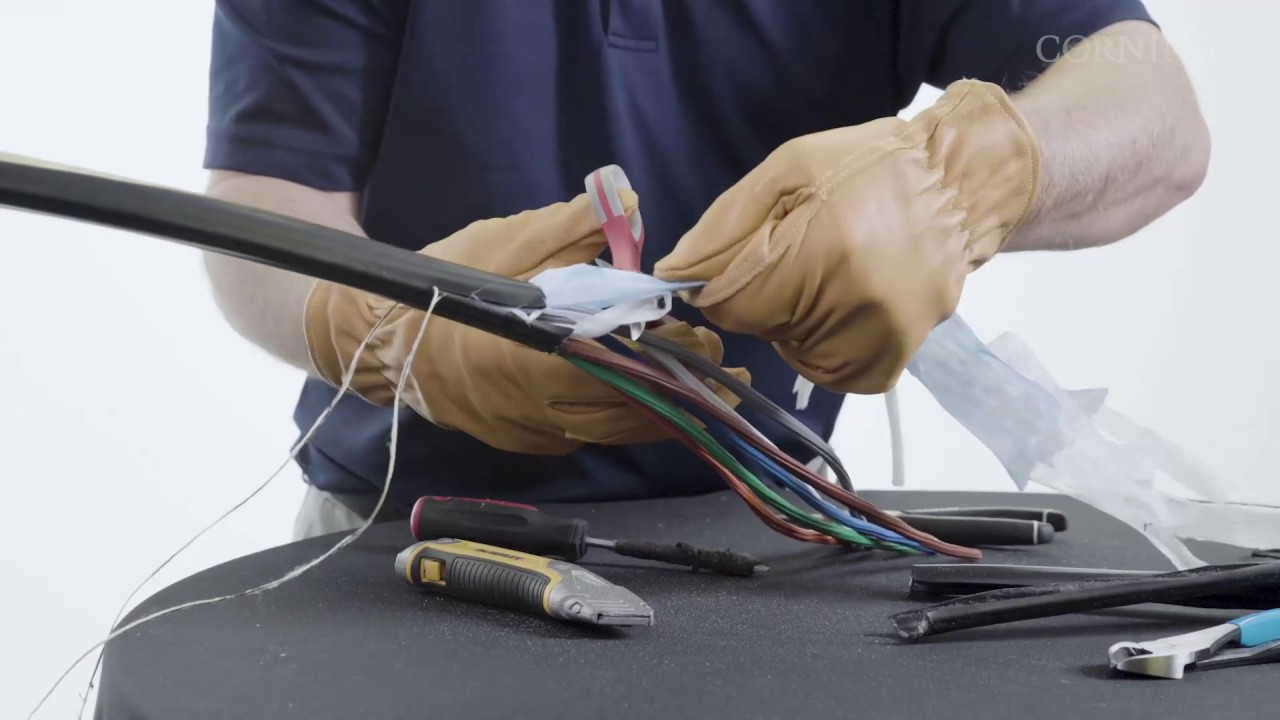In a world where seamless connectivity is more crucial than ever, fiber optic installation is at the heart of building robust communication networks. These advanced systems enable high-speed data transfer, supporting businesses and individuals alike in staying connected. This guide delves into the essentials of fiber optics installation, explaining its significance, steps, and the importance of proper fiber optic cable management to ensure reliable performance.
What is Fiber Optic Installation?
Fiber optic installation, also known as the installation of optical fiber cable, is the process of deploying high-performance fiber optic cables to transmit data, voice, and video signals. These cables utilize light pulses for communication, making them highly efficient for delivering unmatched speed and bandwidth. When coupled with fiber optic cable management best practices, these installations ensure longevity and optimal network performance.
Why Fiber Optic Technology is Essential
Fiber optic technology revolutionizes communication systems with its ability to handle high bandwidth, low latency, and exceptional reliability. By choosing fiber optic solutions, businesses can future-proof their operations, enjoy faster data speeds, and achieve greater scalability. Effective fiber optic cabling installation is vital for harnessing these benefits.
Understanding Fiber Optic Cables
A successful fiber optic cabling installation begins with a solid understanding of the cables themselves.
Components of Fiber Optic Cables
Fiber optic cables consist of three main components:
- Core: The innermost part that transmits light signals.
- Cladding: Surrounds the core to keep light contained.
- Protective Sheath: Shields the cable from environmental damage.
Proper fiber optic cable management best practices are essential to protect these components during installation and usage.
Types of Fiber Optic Cables
Fiber optic cables are designed for specific applications:
- Single-Mode Fibers: Ideal for long-distance communication.
- Multi-Mode Fibers: Perfect for shorter distances and high-speed data transfer.
- Armored Cables: Provide extra durability in challenging environments.
- Loose-Tube Cables: Suitable for outdoor installations.
By understanding these types, you can choose the best fiber optic solutions for your needs.
Preparing for Fiber Optic Installation
Thorough preparation ensures a smooth and efficient fiber optics installation process.
Site Survey
Conducting a site survey helps identify the optimal route for cable deployment while addressing potential challenges like terrain or obstacles.
Tools and Equipment
Gather the necessary tools, such as:
- Fiber splicing kits.
- Cable testers.
- Accessories for fiber optic cable management.
- Safety gear.
Having a well-prepared setup minimizes downtime and ensures precision.
Planning and Executing the Installation
Designing the Network Layout
Create a detailed plan that includes cable routes, connection points, and performance benchmarks. Incorporating fiber optic cable management best practices at this stage ensures organized and efficient deployment.
Installing the Cables
- Preparing the Route: Clear the path to avoid obstructions and ensure easy access for maintenance.
- Splicing and Termination: Use advanced tools to connect fibers securely.
- Testing: Verify the installation with specialized equipment to ensure peak performance.
Best Practices for Fiber Optic Cable Management
Adopting fiber optic cable management best practices is crucial for the success of your network:
- Label cables for easy identification.
- Use protective conduits to prevent damage.
- Bundle cables neatly to avoid tangling and improve accessibility.
Future Trends in Fiber Optic Installation
The evolution of fiber optics promises even faster data speeds, higher efficiency, and broader applications in areas like 5G and IoT. Staying updated on advancements in fiber optic solutions can keep your network ahead of the curve.
Conclusion
Proper fiber optic installation is the cornerstone of reliable and efficient communication systems. By understanding the components, adhering to industry standards, and employing effective fiber optic cable management, businesses can enjoy seamless connectivity. Trust BCS Consultants for expert guidance in fiber optic cabling installation and tailored fiber optic solutions.
Call us at +1 949-333-1000 to learn how we can help you build a high-performance network that meets your needs.
FAQs
1: How do I choose the right fiber optic cable for my installation?
A: To select the ideal cable, assess factors like distance, data speed requirements, and environmental conditions. Single-mode fibers work best for long distances, while multi-mode fibers are suitable for shorter, high-speed applications.
2: What tools are essential for a successful fiber optic installation?
A: Essential tools include fiber splicing kits, cable testers, protective conduits, and labeling accessories for effective fiber optic cable management.
3: How can I maintain a fiber optic network for long-term efficiency?
A: Regular maintenance involves cleaning connectors, inspecting cables for wear, and organizing cables following fiber optic cable management best practices to prevent damage and maintain performance.
4: What industries benefit most from fiber optic solutions?
A: Industries like telecommunications, healthcare, education, and manufacturing rely heavily on fiber optic solutions for their high-speed, reliable connectivity and scalability.

